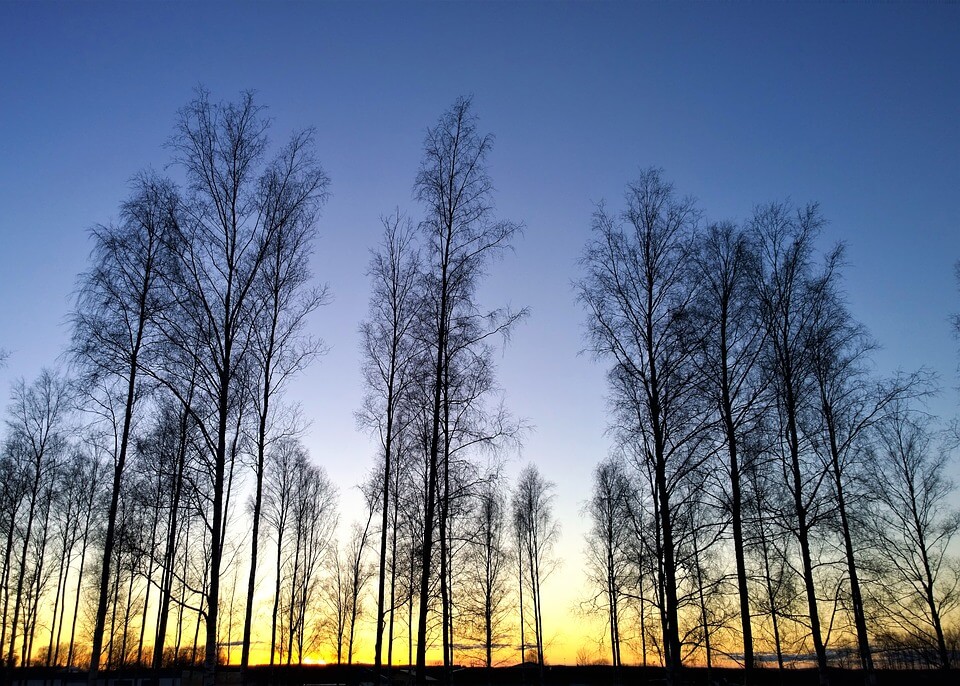
Bare root plants in winter pose challenges to growers and gardeners alike. Freezing temperatures make even the simplest tasks difficult, with nurserymen having to trudge for miles in the bitter cold to assess whether a plant is suitable for transportation. Facing staff shortages and delayed couriers due to severed transport connections and hazardous rural roads, fulfilling orders can be beset by delays. Gardeners face different challenges with rock hard ground making planting impossible, rendering plants brittle and vulnerable to damage.
During winter plants become dormant, transfering energy to their roots and shedding their leaves. Biological activity slows, but doesn’t stop, just like when animals enter hibernation. This allows plants to be removed from soil that provides support, nutrients, warmth, moisture and oxygen. This reduces the weight of the plant, reducing transport costs, making bare root plants significantly cheaper than alternatives.
Plants can survive for significant periods without soil and can even be grown without as in the case of hydroponics. Although they can suffer for transplant shock, in which the plant’s health is threatened due to broken roots, disturbance and dehydration.This is why plants are carefully wrapped and their roots covered in hydrogel. Hence, they should not be removed from their wrappings until you are ready to plant and be left alone in a location not liable to temperature fluctuations.
Bare root plants should never be left in direct sunlight, nor be taken into the house, but can be stored in a cold outbuilding. Plants are liable to tissue damage when warming too fast, just like when humans suffer from chilblains. Bringing a plant into the house can cause the plant to come out of dormancy.
Bare root plants can survive for up to ten days without additional nutrients and water and indefinitely in temperatures below zero. If you are unable to plant in this time we’d recommend you leave your plant in water with liquid fertiliser. You can begin planting when the ground defrosts and temperatures rise above zero, with optimal temperatures around midday. Be sure to give your plants roots a good watering.
–
Jorge works in the Primrose marketing team. He is an avid reader, although struggles to stick to one topic!
His ideal afternoon would involve a long walk, before settling down for scones.
Jorge is a journeyman gardener with experience in growing crops.